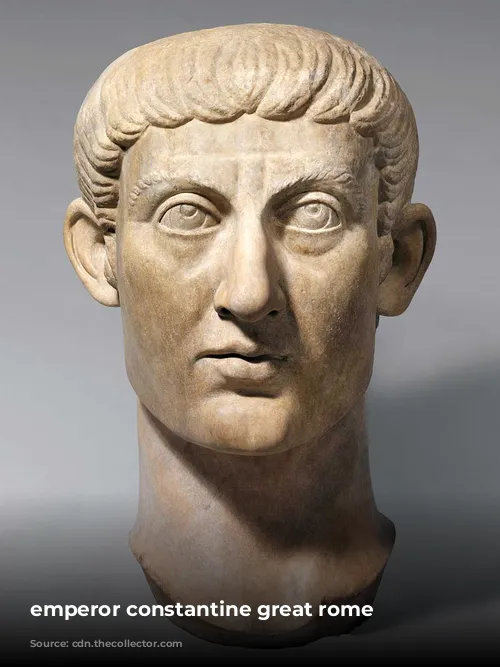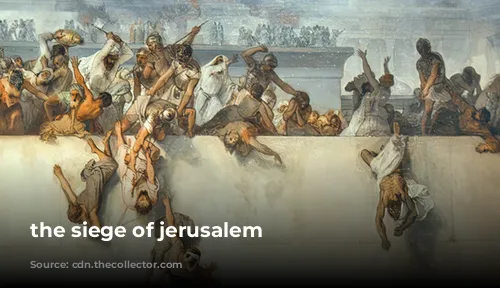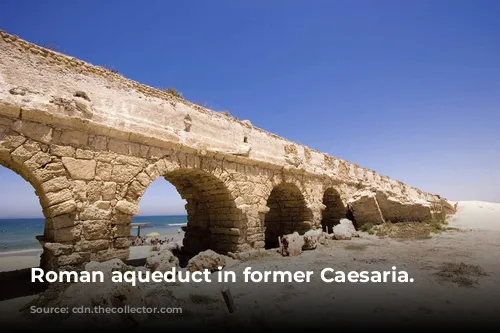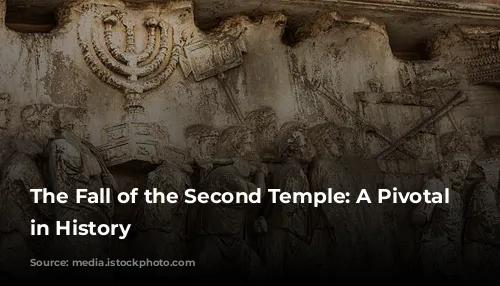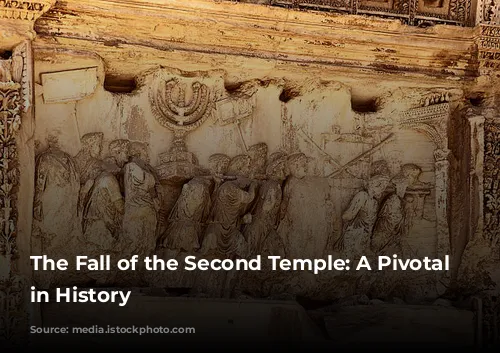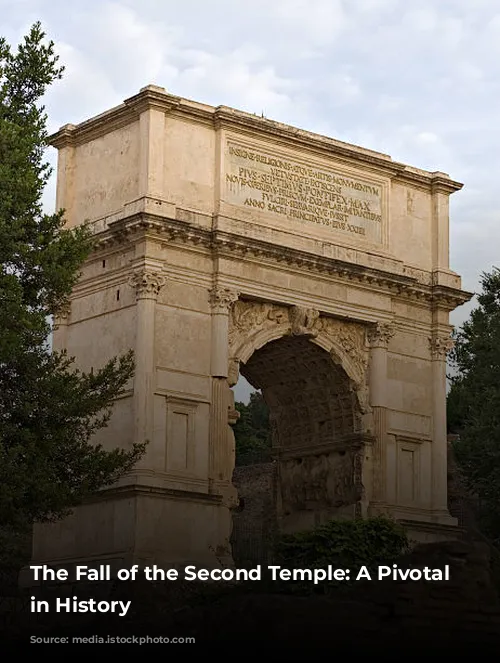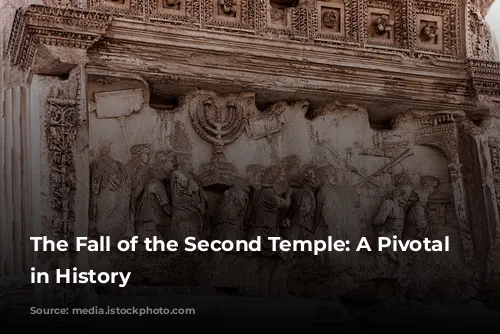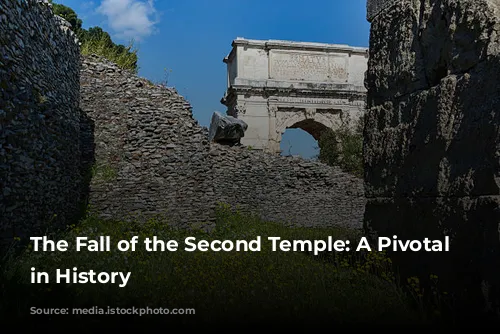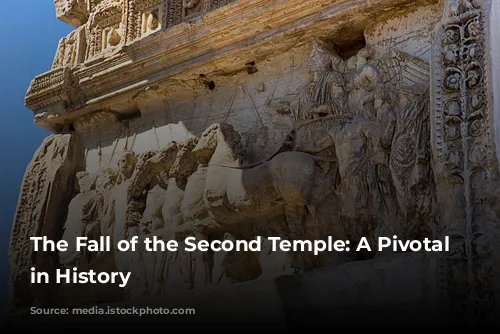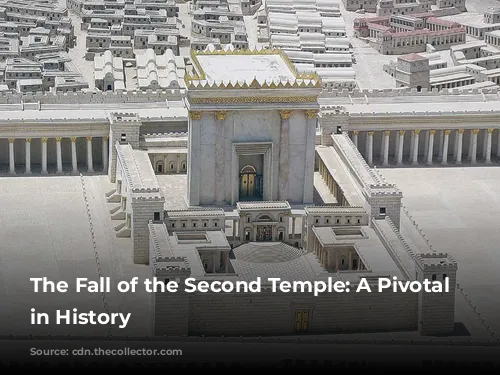The year 66 CE marked the beginning of a devastating conflict that would forever alter the course of Jewish and Christian history. The First Jewish-Roman War erupted, fueled by simmering tensions between the Roman Empire and the Jewish people. The Jews, burdened by Roman taxation policies and the seizure of their sacred treasury, finally reached their breaking point. Their rebellion led to the catastrophic Siege of Jerusalem, a defining moment in history.
The Temple’s Significance
The Second Jewish Temple, constructed in the 500s BCE, stood as the spiritual heart of Judaism. It replaced the First Temple, destroyed by the Babylonian King Nebuchadnezzar II in the 6th century BC. This temple, located in Jerusalem, served as the central place of worship and sacrifice for the Jewish faith. It held immense cultural and religious importance, acting as a symbol of their faith and a source of immense pride.
The Temple’s Role in the Gospels
The Second Temple also played a crucial role in the story of Christianity. Jesus, in his ministry, famously overturned the moneychangers’ tables in the Court of the Gentiles, the temple’s outer section. At his crucifixion, the temple’s curtain, which separated the “Holy of Holies” from the rest of the temple, was torn from top to bottom. This event is often interpreted as symbolizing the opening of heaven to all people after Jesus’ sacrifice. The “Ark of the Covenant,” a sacred chest believed to contain the tablets of the Ten Commandments, was said to be kept in the “Holy of Holies,” the innermost sanctum of the Second Temple.
The Devastation of the Second Temple
The Roman army, led by Titus, laid siege to Jerusalem in 70 CE. After weeks of relentless fighting, they finally breached the city walls and stormed the temple. In a scene of unimaginable destruction, the Romans set the temple ablaze, the heat of the fire even causing the stones to burst. The temple, once a symbol of Jewish faith and resilience, was reduced to smoldering rubble.
Josephus, the Jewish historian who documented the event, described the temple’s burning with chilling detail. He wrote about a soldier, consumed by a “divine fury,” who set fire to a golden window, initiating the temple’s fiery demise. The destruction of the Second Temple was a devastating blow to the Jewish people, marking the end of their religious and political autonomy.
The Christians’ Escape and Spread
While the Jews faced persecution and devastation, Christian tradition holds that a divine intervention saved the early Christians from the fate that befell their Jewish counterparts. Eusebius, an early Christian historian, recounts how the Christians fled to the nearby region of Pella, escaping the Siege of Jerusalem and the subsequent massacre. This escape, believed to be divinely guided, led to the dispersion of Christianity beyond Jerusalem’s borders.
As the early Christian community had been concentrated in Jerusalem, their escape marked a turning point in the spread of Christianity. The escaped Christians established new centers of worship in cities like Caesarea, Antioch, and Rome, further spreading the faith throughout the Roman world.
The Impact of the Destruction
The destruction of the Second Temple and the forced dispersion of Jewish communities had a profound and lasting impact on Jewish life. With the temple’s destruction, the center of Jewish worship shifted to local synagogues. The Diaspora, the scattering of Jews across the Roman Empire, which had been ongoing for centuries, intensified following the rebellion. The Romans, punishing the Jews for their revolt, banished them from Jerusalem.
The scattering of Jews and Christians across the Roman world led to the simultaneous spread of their respective faiths. The decline of Judaism, shaken by the loss of the temple and their expulsion from Jerusalem, paved the way for the rise of Christianity, which would eventually become the dominant religion in the Roman Empire. The fall of the Second Temple, a pivotal moment in history, left an enduring legacy on the Jewish and Christian faiths, shaping their development and influencing their interactions for centuries to come.
